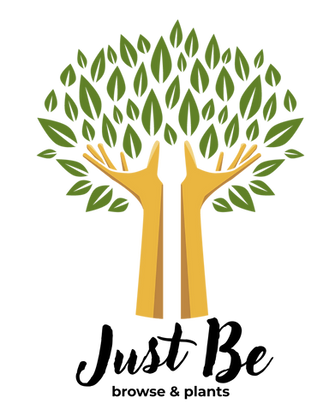Help Feed the Wild, Join the Zoo Browse Growing Co-op
- Melody McDonald

- Oct 8
- 3 min read
Updated: Oct 9

Do you have land and a love for animals and a green thumb? You might hold the missing piece in solving a growing crisis few people even know exists. You may not realize it yet, but your land could be part of something extraordinary — a lifeline for animals far from home.
Across the country, zoo animals are facing a quiet but growing challenge. The plants they rely on for food and enrichment are becoming harder to find, especially as major urban development continues across the southern United States.
Recently, large areas of land that once provided an abundance of fresh browse, the leafy branches and plants exotic animals depend on, have been cleared for development. Between 2001 and 2016, over 297,000 acres of Florida agricultural land were developed or compromised. A recent University of Florida and 1000 Friends of Florida study projects that approximately 120 acres per day (about 45,000 acres per year) will continue to be lost if current trends persist. Florida has long been a haven where browse plants grow year-round, making this loss especially concerning in the exotic animal and zoo industry.
On a broader scale, U.S. farms have lost about 74.7 million acres of land between 1997 and 2022. Much of that former pastureland has been converted for urban use. Meanwhile, agricultural real estate values continue to rise, driving even greater competition for remaining land.
Food for humans is always available in grocery stores, so we rarely stop to think about scarcity. But imagine, for a moment, being an exotic animal living in a zoo or ranch, far from your native environment, with no access to the shrubs and trees that once made up your natural diet.
Across the southern United States, many of those plant species once grew wild and were collected regularly to feed animals under human care. Today, much of that land has vanished. Some farms that once specialized in growing browse have shrunk and some have disappeared altogether. For decades, farmers and collectors across the south supplied zoos and sanctuaries with pesticide-free, nutrient-rich foliage. Now, much of that source material is gone.
And while the animals cannot tell us directly, the impact is real. Giraffes, elephants, antelope, camels, and countless others rely on browse as the closest substitute for their natural diet. These animals live in human care — far from their native habitats — and it’s up to us to ensure they thrive, not just survive.
Unlike hay or pellets, browse provides live nutrients, hydration, and natural foraging enrichment. It helps animals stay healthy, calm, and connected to their instincts. When supply drops, zoos are forced to scramble to find substitutes, often at great cost.
So how do we solve this challenge for these displaced animals, the ones who bring us joy and help educate future generations?
That’s why we are launching the Just Be Zoo Browse Co-op, we intend this to become the largest network of browse growers, nationwide. We are building a network made up of small farmers, and landowners who want to make a difference. Whether you have an acre or just a few trees, you may be able to play a meaningful role in feeding and enriching the lives of animals living under human care.
How It Works
Participants in the co-op:
Learn which native and tropical plants are most valuable and needed as zoo browse.
Receive guidance on safe, pesticide-free growing practices.
Understand how browse should be harvested and distributed through our network to zoos and wildlife parks in need.
Earn fair compensation for their contributions.
Receive support in reclaiming an agricultural land tax status, where applicable.
It’s an opportunity to use your land for good, to grow with purpose, support animal welfare, and earn supplemental income while restoring a vital part of the food chain for wild and zoo animals alike. If you’ve ever wanted to make a real difference for animals but didn’t know where to start, this is your chance to grow something that truly matters.
Ready to Learn More?
Visit my Contact Page to learn how you can join the Zoo Browse Co-op. Together, we can rebuild the supply chain from the ground up — one tree, one branch, one heart at a time.




Comments